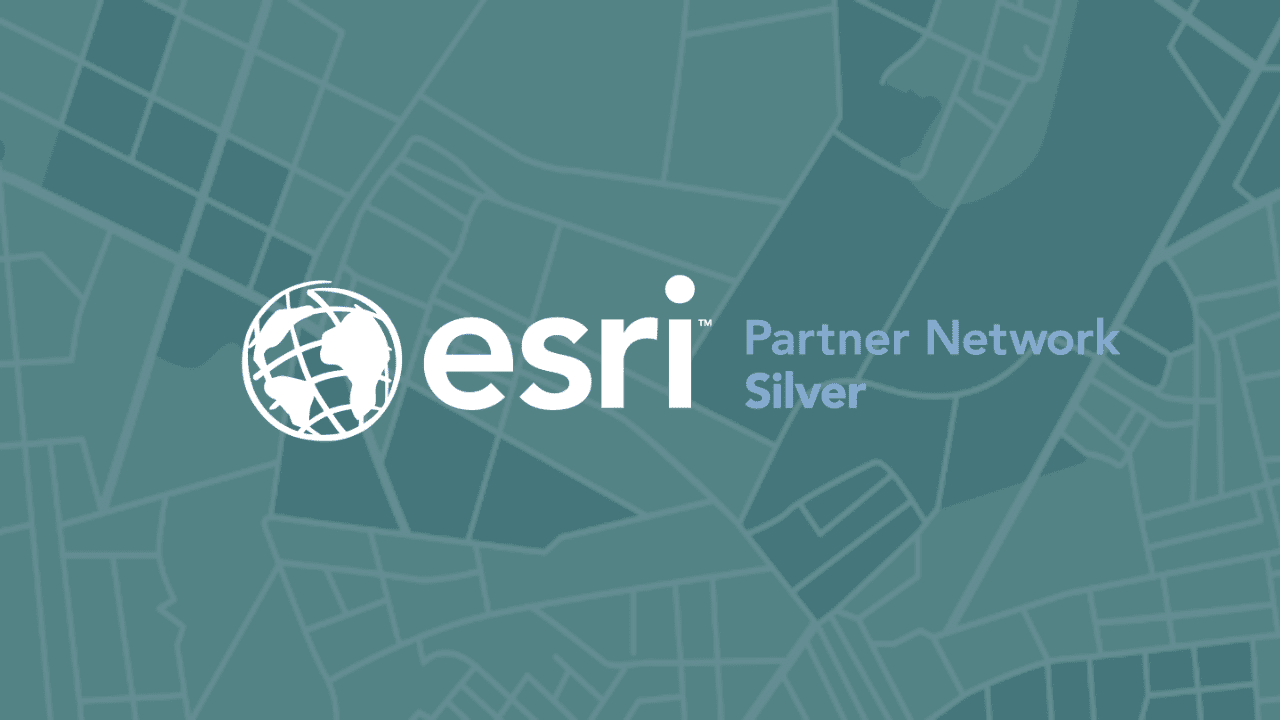Asset Data Management for Utility Companies

Utility companies are a necessary and integral part of modern society. The utility sector ensures that you have electricity, the power of your lights, water and gas for every residential home and commercial building.
With the growing demand and pressure on utility companies, they need to operate effectively and efficiently. Asset data management and geographic information systems (GIS) help ensure utility companies can build, inspect and maintain their networks, streamline processes, and increase overall efficiency.
We will discuss the many benefits and applications of asset data management and GIS for the utility sector.
Benefits of GIS for Utility Companies
GIS significantly increases efficiency for utility operations in the field and the office, while asset data management dramatically improves the quality and accessibility of historical data.
1. Improved Efficiency for Teams in the Field
Whether utility workers are examining assets, documenting their findings, or scheduling or performing maintenance and repairs, GIS dramatically improves their efficiency. However, keeping up with consistent care and inspection is a challenging task, especially when dealing with vast areas. When utility companies have to rely on a more traditional process such as hard copy paper maps, it’s time-consuming and expensive.
With a cloud-based GIS or mobile GIS system, field teams can collect data and digitise the inspection and maintenance process. This will significantly reduce the risk of errors or data loss during a manual data transfer and save time by reducing the need to redo data input.
Once the data is transferred, it is available on a variety of devices and data is automatically categorised by location and stored on a unified system.
2. Effective Asset Data Storage and Management
Utility companies collect a lot of field data, and storing it effectively so that it is easy to share and manage is essential. Historically, standard methods for data management included spreadsheets, paper maps and even DVDs which can quickly overwhelm any company. Not only is it hard to store, but it’s also hard to keep track of everything.
GIS allows utility companies to organise data by location automatically. It helps to keep track of maintenance schedules, lets field crews know what has or hasn’t been done in any area and gives project managers a guideline for long-term planning. It also allows all the data to be stored on a single platform that is easily accessible to all team members.
The many benefits GIS offers the utility sector include the following:
- Optimisation of resources and staffing
- Improving efficiency in the field and the office
- Increasing productivity
- Cost-effective
- Improving effective response times and efforts
- Improving intelligent decision making
- Promoting competitiveness and innovation
- Location management
- Balance supply and demand of utilities
- Build resilience into assets, and protect them from failure and service disruptions
- Improves regulatory compliance and safety
Applications for GIS in Utility Companies
There are several applications for GIS in utilities, including asset management.
GIS for Utility Asset Management
Utility asset management includes the following:
- Tracking and analysing asset locations
- Monitoring and tracking maintenance requirements
- Tracking asset’s lifecycle stages and overall performance
- Predictive asset management
Effective asset management supports utility companies by allowing them to deliver reliable services while decreasing costs and increasing network and asset lifespan.
Utility networks cover huge territories and consist of thousands and even millions of assets, including gas meters, pipelines, power lines, water lines and more.
GIS tools help to streamline and simplify the utility company’s approach to collecting, organising and sharing data effectively while integrating each region’s topography, climate and regulatory standards
GIS is an essential tool in the utility sector and is foundational for the implementation of projects because it helps to:
- Implement maintenance and organisational workflow that meet geographical requirements
- Create and plan teams, routes and projects
- Remotely view data and contrail processes
Working with geospatial consultants is the best way to optimise your assets and streamline service supply.
Field Operations and Workforce Management
GIS plays a crucial role in field operations for utility companies. Mobile GIS applications enable field workers to access real-time data, navigate to locations, and capture data in the field using smartphones or tablets. Field crews can efficiently respond to service requests, perform inspections, and update asset information on the go.
Additionally, GIS-based workforce management systems help optimise task assignments, track progress, and enhance overall operational efficiency.
Outage Management and Response
During power outages or service disruptions, GIS can significantly improve outage management and response. By integrating real-time data from various sources, such as SCADA systems and customer reports, into a GIS platform, companies can quickly identify affected areas, assess the impact, and dispatch repair crews efficiently. GIS-based outage maps can also provide timely information to customers, reducing call volumes and enhancing customer satisfaction.
Environmental Compliance and Risk Assessment
Utility companies must adhere to strict environmental regulations and assess the risks associated with their operations. GIS enables comprehensive environmental monitoring by integrating spatial data, such as vegetation, water bodies, and sensitive habitats, with operational data. This integration facilitates proactive risk assessment, helps identify potential hazards, and supports effective mitigation strategies. GIS also assists with compliance reporting, enabling companies to maintain regulatory standards.
Customer Service and Engagement
GIS enhances customer service and engagement for utility companies. By integrating customer data with GIS, companies can provide personalised services, such as outage notifications, energy consumption analysis, and targeted marketing campaigns. Web-based GIS applications allow customers to access interactive maps, report service issues, and gain insights into their utility usage, fostering transparency and improving customer satisfaction.
MGISS, Transforming Utilities for the Future
There are significant benefits to utilising GIS in the utility industry. Having reliable data in the decision-makers’ hands quickly, results in better data management and operational efficiency. So if you’re ready to start your journey in GIS, MGISS can help.
MGISS is here to help you balance service reliability, regulatory compliance, safety and risk management through intelligent asset management systems. Our experts provide solutions for geospatial software development, geospatial training and technical support to ensure that your organisation is operating as smoothly, effectively and efficiently as possible.
Contact us today to see how we can help you future-proof your business.
About
Empowering your decision making with the asset data truth. Independently advising on the smarter use of Geospatial data, technology and the digital transformation of field operations.



